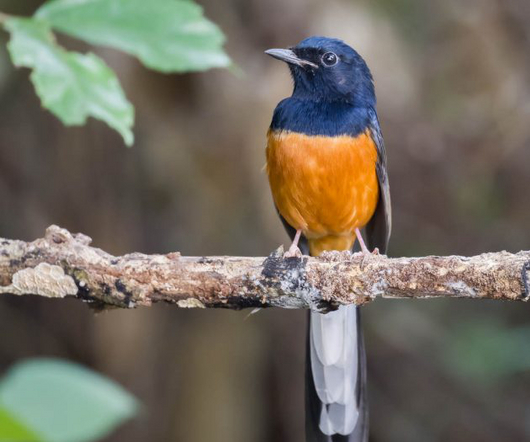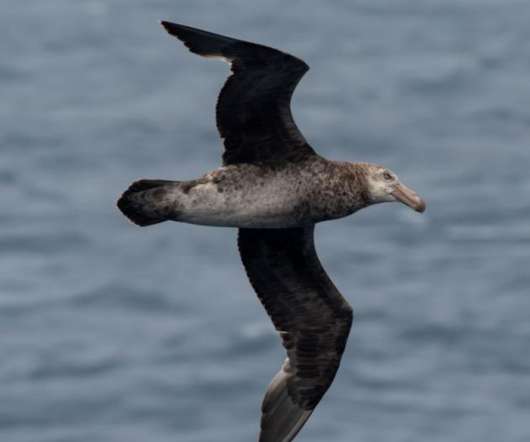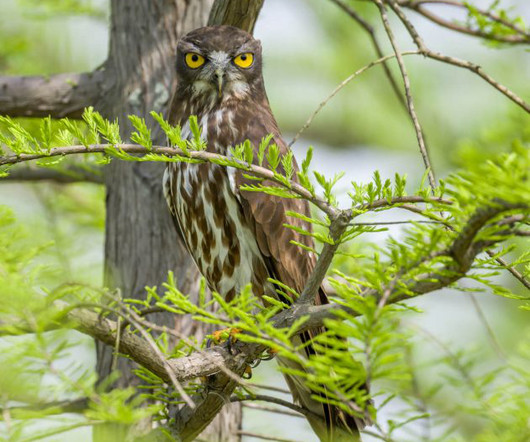The Fate of the Florida Anis
10,000 Birds
MARCH 23, 2013
In addition to having a communal nesting strategy, anis also spend a significant amount of time allopreening, huddling together, and sunning themselves together on exposed branches. Smooth-billed Anis were relative newcomers as breeders to Florida, having only begun nesting since the 1930s. Diet is composed mostly of large insects.


















Let's personalize your content